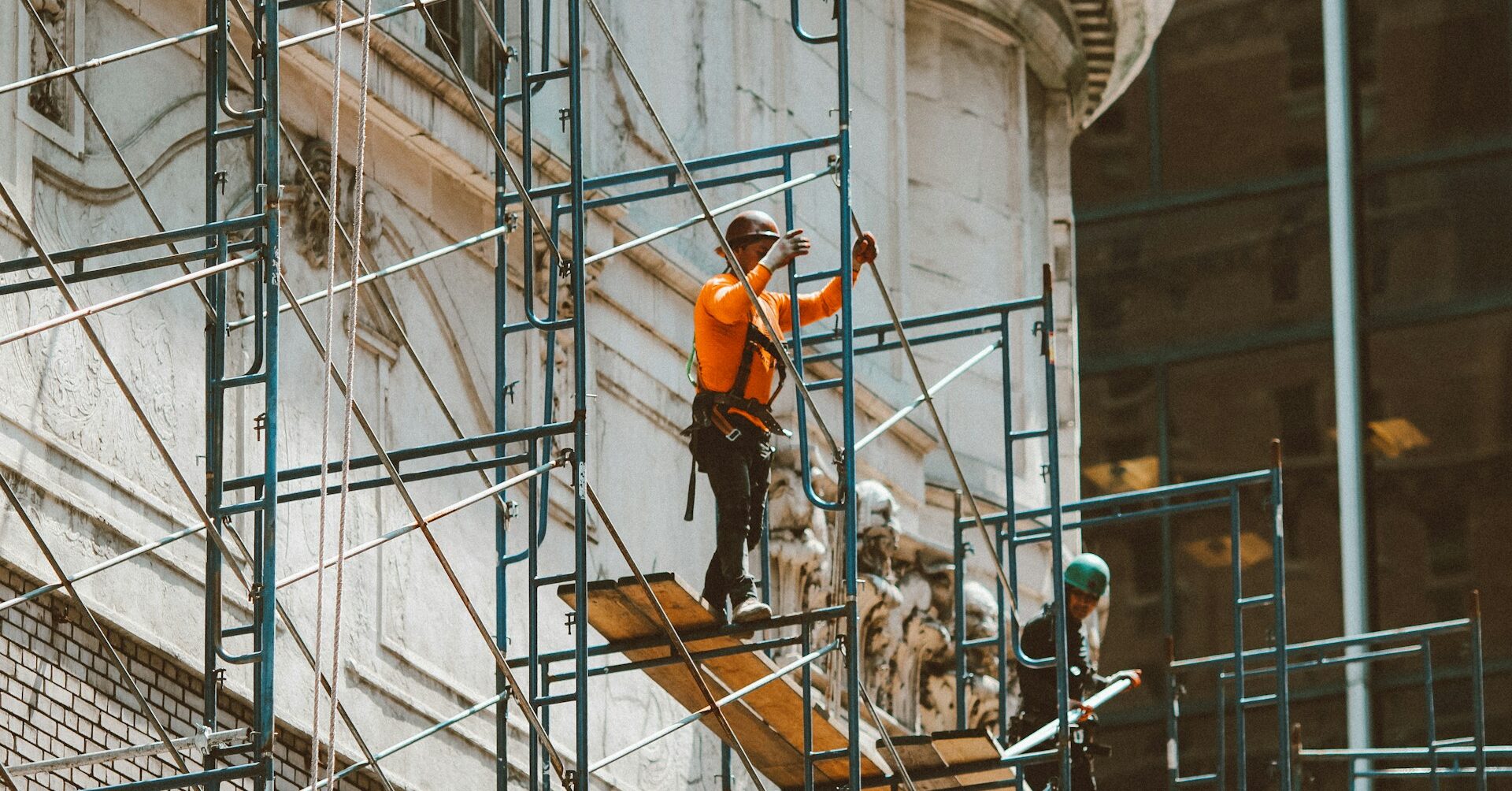The terms of reference for the review of the earthquake-prone building system were released yesterday.
The earthquake-prone building system aims to manage risk by requiring earthquake-prone buildings to be remediated before set timeframes.
The review will consider questions around how to measure and mitigate risk, implementation and technical matters, finance and funding challenges, regulatory responses, and timeframes.
The SMC asked local experts to comment.
Professor John Tookey, School of Future Environments, AUT, comments:
“This review of earthquake prone buildings and the status of remediation works is a generally reasonable measure for the government to undertake. Assessing the current situation and developing an appropriate plan to take the rate of remediation up is a good thing. Fundamentally this is a public safety issue that should be expedited.
“There are an awful lot of buildings that are at risk across the country. Since introducing the legislation in place, the levels of remediation undertaken have been less than expected. Surprising? No. Virtually all construction works require borrowed capital. As interest rates increase, so levels of general construction go down. This, then, presents a paradox for property owners that need to remediate their earthquake prone buildings. On the one hand, quoted prices from engineers and tradies are likely to sharpen since they are actively competing for scarce work. On the other, the acquisition costs are likely to be prohibitive if the works require owners to extend their mortgages in order to start them. A simple thought experiment for any property owner at present is ‘how keen would you be to extend your mortgage by $150k to protect your asset?’ For many ‘mom and pop’ type investors, this is unlikely to be attractive. Indeed if anything it is likely to prompt some to divest themselves of at risk assets.
“On balance it is highly likely that the final outcome of this review will be to recommend extending the timeline for getting remediation works completed. This is an obvious outcome that is highly beneficial to the government if not for public safety. Firstly it will reduce the pressure in the general market and lessen the likelihood of a sell off starting – particularly important in the weak market we have at the moment.
“Secondly – and much more importantly – it reduces the urgency on governmental budgets to implement remediation in public buildings – schools, sports centres, hospitals etc. According to analysis by BRANZ in 2017, the timelines for governmental assets such as schools and hospitals in high and medium seismic areas are respectively 7.5 years and 12.5 years from the date of the introduction of the law – July 2017. This makes the government and local councils responsible for blanket remediation of all assets within these zones by the end of 2024 and 2029 respectively. Consequently, all of these remediation requirements will inevitably and increasingly hold governmental budgets hostage as we get closer to these implementation dates. In order to encourage regular property owners the government needs to set an appropriate example with early remediation works. This is a huge problem for a government seeking to reduce spending over the next one or two electoral cycles. It is likely therefore that a particularly large can of seismic worms is going to be kicked some distance down the road. If in doubt, move the goalposts.”
No conflicts of interest declared.
Associate Professor Olga Filippova, Department of Property, University of Auckland, comments:
“The majority of our existing buildings suffer from chronic underinvestment in maintenance. A large share of earthquake-prone buildings are of unreinforced masonry construction and dominate the main streets of our regional/small towns.
“In my view, the mandatory strengthening deadlines brought a lot of these issues onto the surface. The reality is that many owners of these buildings have not invested in regular maintenance of structural and non-structural elements, resulting in physical and economic obsolescence and making earthquake strengthening more expensive.
“Unfortunately, if we continue to extend deadlines or reconsider strengthening requirements, the building stock will continue to deteriorate and losses will be inevitable. Overseas examples show that high compliance rates can be achieved, even with shorter deadlines presently in NZ.”
No conflicts of interest declared.
Dr Lauren Vinnell, Lecturer of Emergency Management, Joint Centre for Disaster Research, Massey University, comments:
“A review of how we manage seismic risk in our existing earthquake-prone buildings is important and useful, given misunderstandings and misperceptions of parts of the current system, in particular the interpretation of %NBS (new building standard). We want to keep people safe, but we also don’t want people or businesses leaving buildings when they probably don’t need to.
“Several goals of the review have the chance to improve this system if they are done properly. However, the ‘people’ side of things can be vastly complicated. Questions of ‘willingness to pay’ need to consider the full range of (not just economic) costs and benefits of improving building resilience but also an understanding of how people think about their earthquake risk in context. For many, there’s an idea that it’s a zero-sum game, so any money invested in seismic is money not invested in, for example, road safety. This means that conversations focused on earthquakes can miss a large part of the process by which the public balance risk against cost and decide how much they’re willing to invest for a particular hazard.
“Many of the words used in this terms of reference are understood differently between different experts, and between experts and the public. Even ‘risk’ can mean vastly different things, so key to the success of this review will be whether these conversations are happening with everyone on the same page about what is being said and what is being meant.”
No conflicts of interest.
